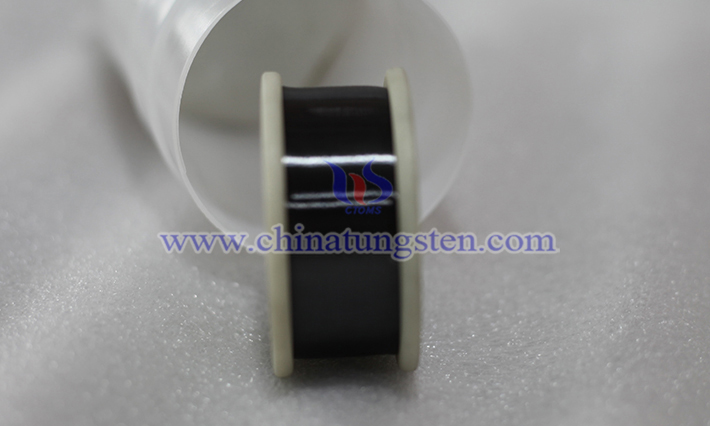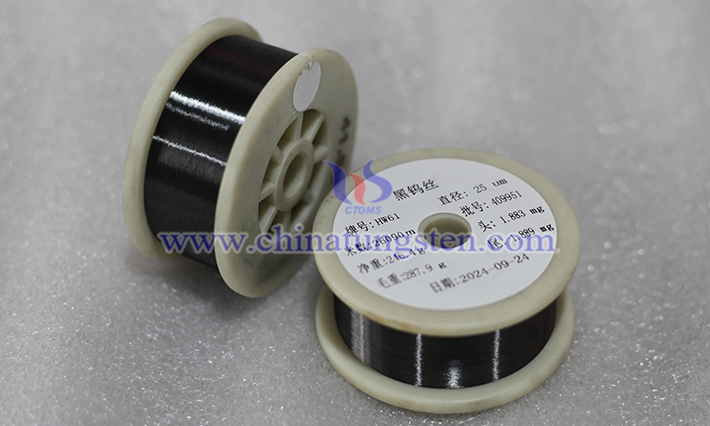The Discovery and History of Tungsten Wire
- Details
- Category: Tungsten Information
- Published on Wednesday, 13 August 2025 16:28
The discovery and history of tungsten wires is a crucial chapter in the development of materials science and lighting technology, culminating in the efforts of numerous scientists and engineers.
Tungsten (chemical symbol W), a metal with a high melting point and exceptional hardness, attracted the attention of scientists as early as the late 18th century. In 1783, Spanish chemists Juan José Eliosa and Fausto Eliosa first isolated tungsten from ore and named it "wolfram" (from the German for "wolf's foam"). However, industrial applications of tungsten, particularly in light bulbs, did not materialize until the late 19th and early 20th centuries.

In the mid-19th century, the prototypes of incandescent lamps began to appear. However, early filament materials such as carbon or platinum suffered from short lifespans and low efficiency. Tungsten, with its high melting point of 3410°C, excellent conductivity, and high-temperature resistance, became an ideal filament material. In the 1890s, scientists began experimenting with tungsten for filaments, but pure tungsten was extremely difficult to process, brittle, and difficult to draw into thin wires. In 1904, Hungarian chemists Sándor Just and Franz Hanaman first patented a tungsten wire bulb. They laid the foundation for tungsten wire manufacturing by mixing tungsten powder with a binder and then extruding it into a filament.
The real breakthrough came in 1909, when William D. Coolidge of General Electric developed an improved tungsten wire manufacturing process. Through powder metallurgy and ductility treatment, he successfully produced a tungsten wire that was tougher and could be drawn into thin wires. This "extended tungsten wire" significantly improved the brightness and lifespan of incandescent lamps, enabling the large-scale commercial production of tungsten wire bulbs. In 1910, General Electric began selling tungsten wire incandescent lamps, marking a revolutionary advancement in lighting technology.

The widespread application of tungsten wires was not limited to lighting; it also promoted the development of technologies such as vacuum tubes and X-ray tubes. In the mid-20th century, with the rise of fluorescent lamps and LEDs, tungsten wire bulbs were gradually replaced, but they remain indispensable in certain specialized fields, such as high-temperature laboratory equipment. The discovery and application of tungsten wires reflects how materials science has transformed human life through technological innovation. From its initial chemical separation to modern industrial production, the evolution of tungsten wires not only epitomizes scientific and technological progress but also bears witness to humanity's relentless exploration of the limits of materials.
- Chinatungsten Online: www.tungsten.com.cn
- CTIA GROUP LTD: en.ctia.group
- Tungsten News & Price: www.ctia.com.cn
- Molybdenum News & Price: news.molybdenum.com.cn
- Tel.: 86 592 5129696; Email: sales@chinatungsten.com



 sales@chinatungsten.com
sales@chinatungsten.com